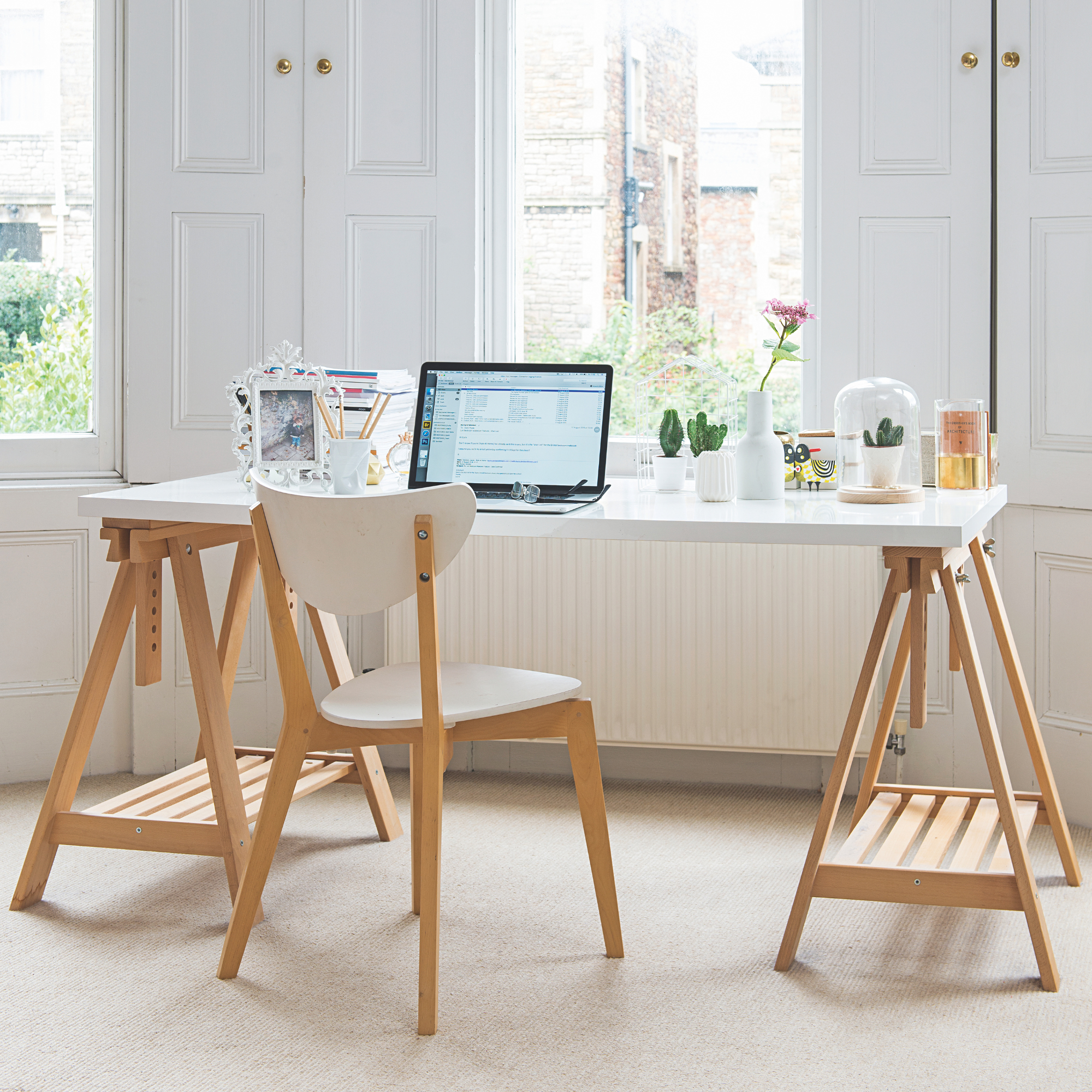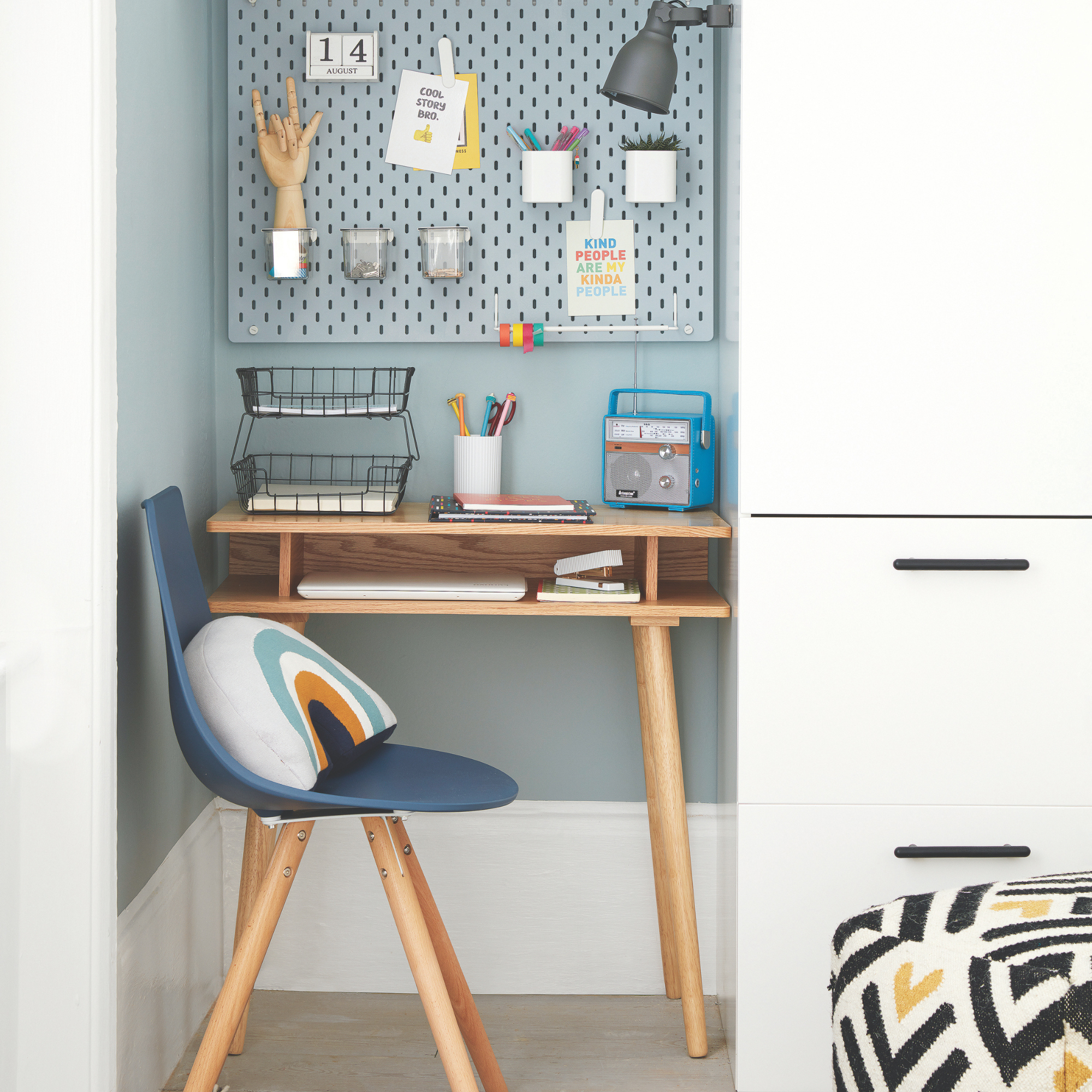
You could claim £6 a week in tax relief from HMRC if you are in a working from home role. In the last month, Google searches for ‘working from home what can I claim’ have risen by 215%. Since the pandemic, plenty of us have taken to working from home rather than commuting into an office five days a week. But with high costs of living, much of the money saved on commuting is fed straight into our energy bills.
We’re always looking for ways to save energy at home but there are other avenues to look into with a view to reducing pressure on your household budget. For example, were you aware you may be able to claim back money if you permanently work from home?
Here’s everything you need to know about claiming tax relief if you work from home.

What is the working from home tax relief?
‘HMRC allows employees to claim for additional household costs incurred due to working from home. This includes expenses like heating, electricity, and business phone calls. You’ll get tax relief based on the rate at which you pay tax,’ explains Myron Jobson, Senior Personal Finance Analyst at Interactive investor. The tax relief was first introduced during the pandemic in October 2020, with the rate rising to £6 per week in April 2021.
‘The flat rate allowance is £6 per week, which can be claimed without the need for detailed expense records. While a flat rate of £6 a week does not sound like a lot of money, it adds up to over £300 a year which could make a big difference to your bills and you can backdate your claim for up to four years.
‘Alternatively, you can claim the exact amount of extra costs incurred, but you’ll need to keep evidence such as receipts, bills, or contracts.’
However, in order to claim this tax relief, your employer must mandate that you work from home, meaning you are unable to work from an office setting. For example, if you're employer no longer has an office, or your job requires you to live far away from the office, then you could be eligible to claim. If your employer has an office and you choose not to work there, you are not eligible to claim. If you are a hybrid worker, where you work from home part of the time, you must be unable to work from the office the rest of the time in order to claim.

The rules are slightly different if you are self employed. ‘If you’re self-employed and work from home, you can claim a part of your housing costs as part of your allowable business expenses,’ says Adam Clark, founder of My Local Toolbox.
‘This can include mortgage or rent interest (but not the full mortgage payment), council tax, utility bills, home insurance, and maintenance and repairs to the work area, and can be calculated as a flat rate simplified expense, or actual cost based on usage.’

How to work out actual cost based usage
If you are looking to claim based on your actual costs, it’s important to keep a record of all your receipts, bills and expenses. Adam explains how you can work out what you are entitled to based on actual cost based usage.
‘In order to claim for your actual expenses, you need to work out the proportion of your home that is used for your business,’ he says. ‘Divide your costs based on the number of rooms you use for work, and the hours spent working. For example, if you have 5 rooms in your home and you use one for work, 40 hours a week, you can claim the proportional percentage of your expenses based on this usage – (hours worked/hours in a week) x (1 room/total number of rooms).’

How can I claim tax relief if I work from home?
‘If you’re going for the flat rate, the process is simple. You can claim the tax relief directly through the HMRC online portal. Log in to your Personal Tax Account on the HMRC website and navigate to the section for ‘claiming tax relief for your job’. Follow the prompts to complete your claim,’ says Myron.
‘For those who wish to claim the precise amount of additional costs, it’s crucial to maintain meticulous records. You’ll need to submit these details in your annual Self-Assessment tax return.
‘Once your claim is processed, HMRC will usually adjust your tax code to reflect the tax relief, meaning you’ll pay less tax each month going forward.
‘Also, remember that if your employer reimburses your working from home expenses, you can’t claim tax relief on the same expenses.’
If you’re self-employed you can submit your claim as part of your tax return which is due on the 6 April.
How to make the most of your WFH space
Whether or not you can claim the tax relief, if you work from home, you'll need to have a suitable space to work in. And as it's part of your home, you'll want it to not only be conducive to working, but you'll also want it to look good. Certain home office colour schemes can help boost productivity, while the correct placement of your desk can help boost your wellbeing as you work.
To maintain comfort levels, follow these designer tips for a comfortable and stylish office space. When the temperatures drop, it's also worth knowing how to stay warm when WFH, without necessarily relying on your heating, so you can keep you energy bills under control.







